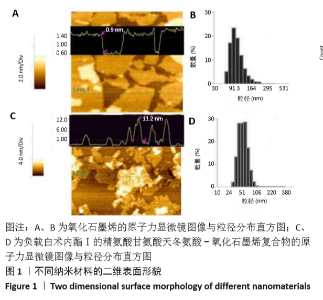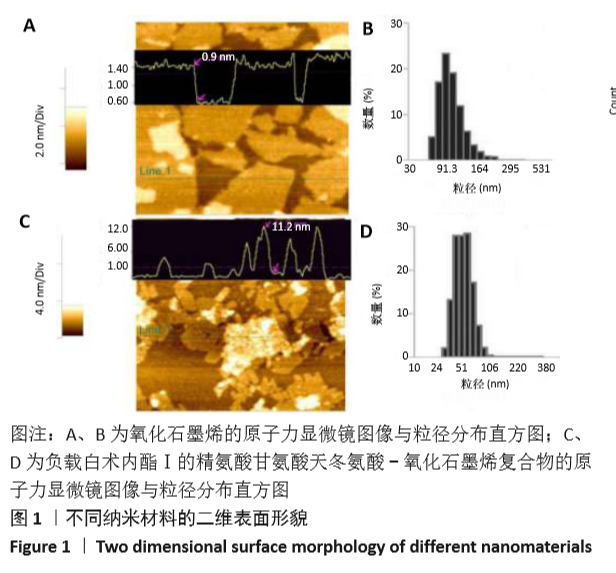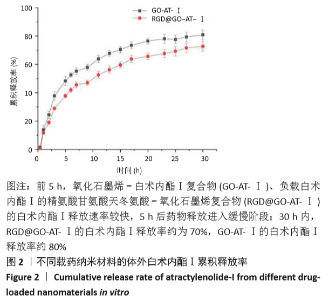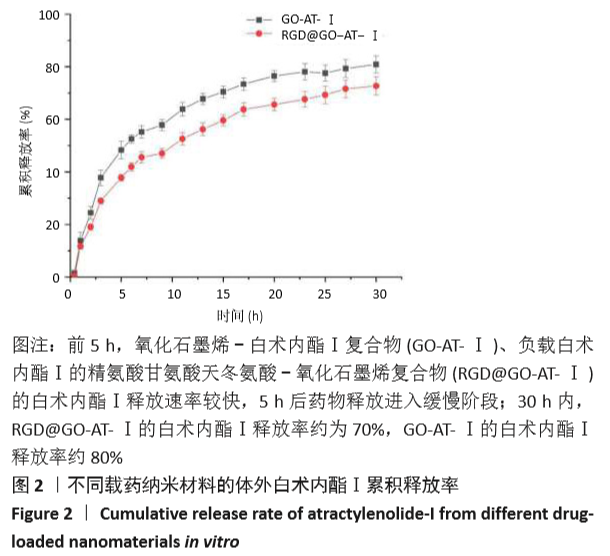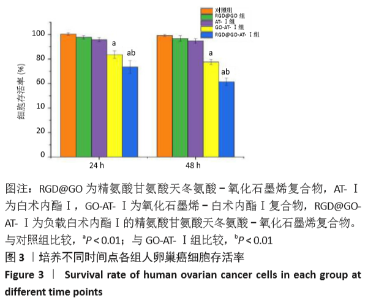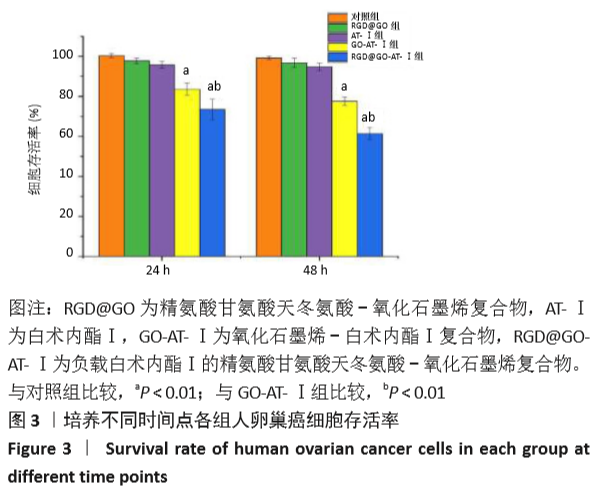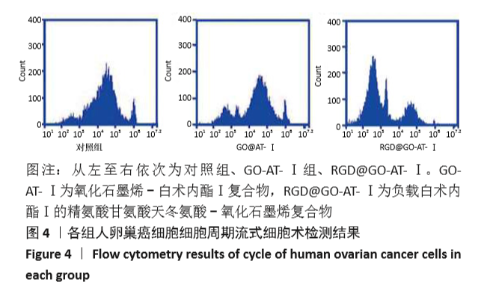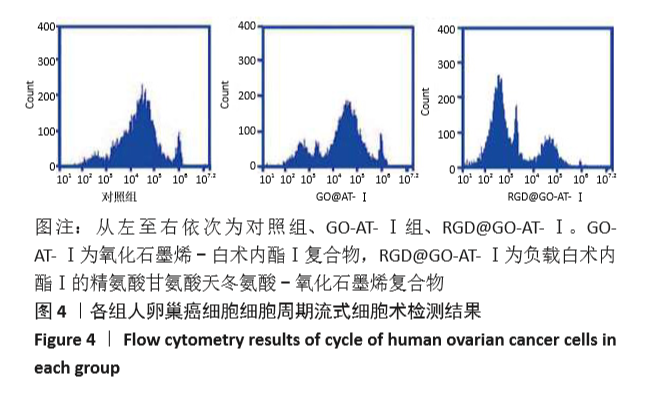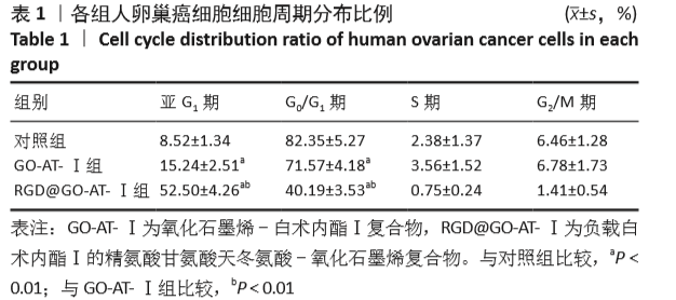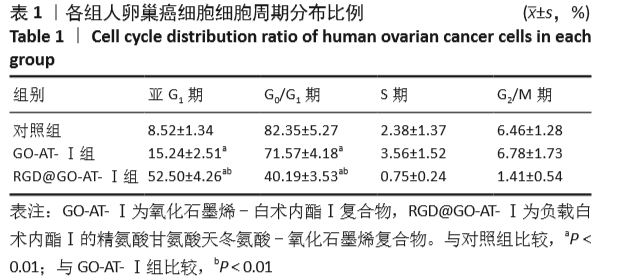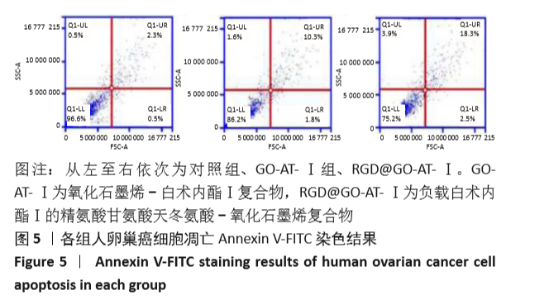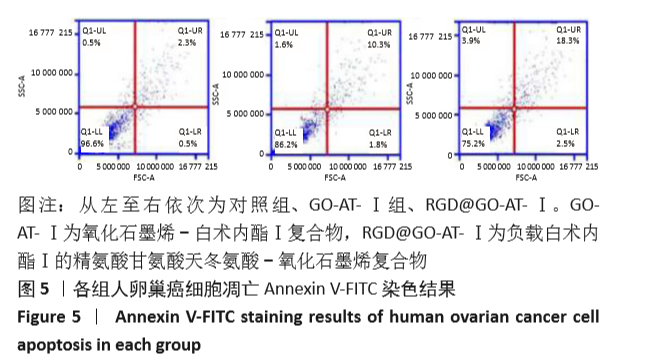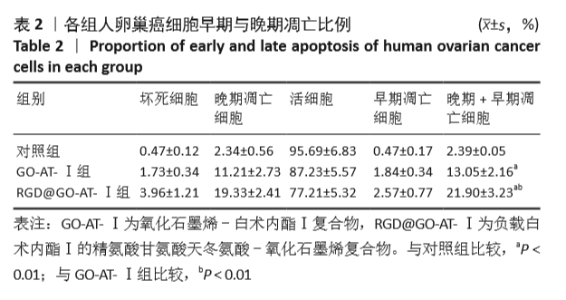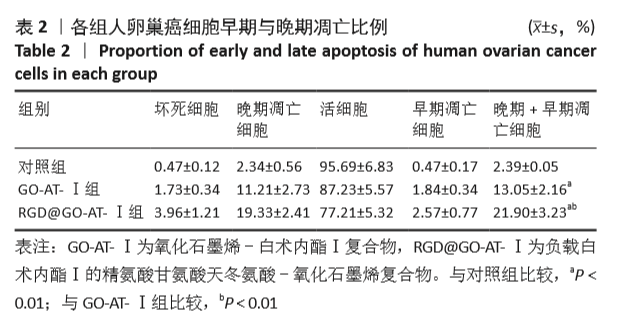[1] HENDERSON JT, WEBBER EM, SAWAYA GF. Screening for ovarian Cancer: updated evidence report and systematic review for the us preventive services task force. JAMA. 2018;319:595-606.
[2] SIEGEL RL, MILLER KD, JEMAL A. Cancer statistics, 2016. Cancer J Clin. 2016;66(1):7-30.
[3] VAUGHAN S, COWARD JI, BAST RC JR, et al. Rethinking ovarian cancer: Recommendations for improving outcomes. Nat Rev Cancer. 2011; 11(10):719-725.
[4] LI CQ, HE LC, DONG HY, et al. Screening for the anti-inflammatory activity of fractions and compounds from Atractylodes macrocephala koidz. J Ethnopharmacol. 2007;114(2):212-217.
[5] KISO Y, TOHKIN M, HIKINO H. Mechanism of antihepatotoxic activity of atractylenolide I: Effect on free radical generation and lipid peroxidation. Planta Med. 1985;(2):97-100.
[6] YU R, YU BX, CHEN JF, et al. Anti-tumor effects of Atractylenolide I on bladder cancer cells. J Exp Clin Cancer Res. 2016;35:40.
[7] YE Y, CHAO XJ, WU JF, et al. ERK/GSK3β signaling is involved in Atractylenolide I-induced apoptosis and cell cycle arrest in melanoma cells. Oncol Rep. 2015;34(3):1543-1548.
[8] LIU Y, JIA Z, DONG L, et al. A randomized pilot study of Atractylenolide I on gastric cancer cachexia patients. Evid Based Complement Alternat Med. 2008;5(3):337-344.
[9] LIU H, ZHANG G, HUANG J, et al. Atractylenolide I modulates ovarian cancer cell-mediated immunosuppression by blocking MD-2/TLR4 complex-mediated MyD88/NF-κB signaling in vitro. J Transl Med. 2016; 14(1):104.
[10] FU F, GU J, CAO J, et al. Reduction of silver ions using an alkaline cellulose dope: straightforward access to Ag/ZnO decorated cellulose nanocomposite film with enhanced antibacterial activities. ACS Sustain Chem Eng. 2018;6(1):738-748.
[11] VAN VEEN B, PAJANDER J, ZUURMAN, K, et al. The effect of powder blend and tablet structure on drug release mechanisms of hydrophobic starch acetate matrix tablets. Eur J Pharm Biopharm. 2005;61(3):149-157.
[12] DIMIEV A, KOSYNKIN DV, ALEMANY LB, et al. Pristine graphite oxide. J Am Chem Soc. 2012;134(5):2815-2822.
[13] LU AH, SALABAS EE, SCHÜTH F. Magnetic nanoparticles: synthesis, protection, functionalization, and application. Angew Chem Int Ed. 2007;46(8):1222-1244.
[14] YANG X, WANG Y, HUANG X, et al. Multi-functionalized graphene oxide based anticancer drug-carrier with dual-targeting function and pH-sensitivity. J Mater Chem. 2011;21(10):3448-3454.
[15] JIA PP, SUN T, JUNAID M, et al. Nanotoxicity of different sizes of graphene (G) and graphene oxide (GO) in vitro and in vivo. Environ Pollut. 2019;247:595-606.
[16] Singh R, Letai A, Sarosiek K. Regulation of apoptosis in health and disease: the balancing act of BCL-2 family proteins. Nat Rev Mol Cell Biol. 2019;20(3):175-193.
[17] Yao Z, Yang X, Liu X, et al. Electrochemical quercetin sensor based on a nanocomposite consisting of magnetized reduced graphene oxide, silver nanoparticles and a molecularly imprinted polymer on a screen-printed electrode. Microchimica Acta. 2018;185(1):70.
[18] Tonelli FM, Goulart VA, Gomes KN, et al. Graphene-based nanomaterials: biological and medical applications and toxicity. Nanomed. 2015;10(15):2423-2450.
[19] Nezakati T, Cousins BG, Seifalian AM. Seifalian. Toxicology of chemically modified graphene-based materials for medical application. Arch Toxicol. 2014;88(11):1987-2012.
[20] Wang YR, Xu Y, Jiang ZZ, et al. Deoxypodophyllotoxin induces G2/M cell cycle arrest and apoptosis in SGC-7901 cells and inhibits tumor growth in vivo. Molecules. 2015;20(1):1661-1675.
|
